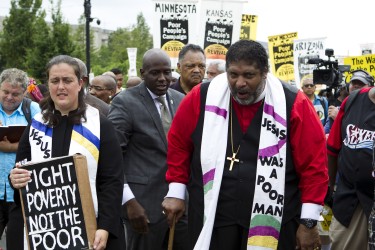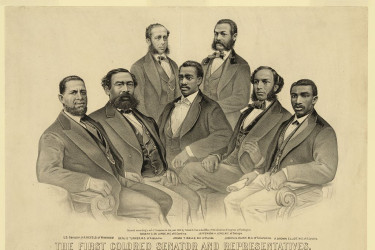Her continued travels compelled Painter to find a focus in her search for diversity among Black people: class. After graduating in 1964, she joined her parents in Ghana, where she noted upon arriving that “everyone was Black, an even, opaque, velvety Black that I had never seen in the United States. The customs officials, families greeting passengers, taxi drivers, policemen, they were all intensely and beautifully Black…. The people in the airport not only looked different from American Black people; they also carried themselves differently.” In this predominantly Black country, Painter’s American understanding of race changed. “In the independent republic of Ghana,” she writes, “the issues were not racial, but economic”—for example, the question of whether the Ghanaian state should promote agriculture, which would lead to both profits for and the exploitation of Black people. Accordingly, Painter learned to think about the specificities of Black people not only in terms of gender but also in terms of class.
After the coup that deposed Kwame Nkrumah in 1966, the socialist-leaning Painter left Ghana and returned to the United States, where she earned graduate degrees in African and African American history at UCLA and Harvard and became an assistant professor at the University of Pennsylvania. Yet even as she climbed the ranks of the academy, discrimination followed her. At one lecture, a white stranger struck up a conversation with her and assumed that she was hired because of affirmative action. Later, after moving to North Carolina, her students complained that affirmative action stigmatized Black people. Reflecting on both experiences in 1981, Painter observed:
White people tell me I must be on easy street because I’m Black and female…. On the other side of the color line, every Black student knows that he or she is fully qualified—I once thought that way myself. It is just the other Black people who need affirmative action to get in.
Both experiences, in her account, reaffirmed “the same old White-male-superiority line, fixed up to fit conditions that include a policy called affirmative action.” Instead of protesting that she was qualified, Painter writes, she became “one of the few people I know who will admit to having been helped by affirmative action.” Two departments that had never hired Black people hired her. Rather than emphasize her own excellence, the ever-secure Painter saw the institutions that barred Black people—not Black people themselves—as deficient. As a result, she emphasized in print that affirmative action corrected institutions, not Black people.




















